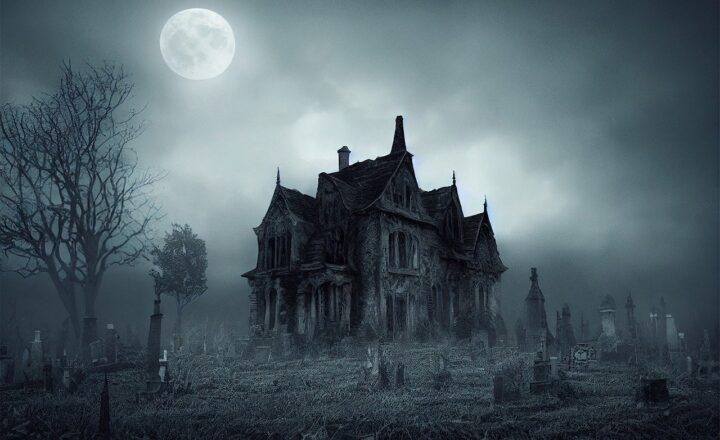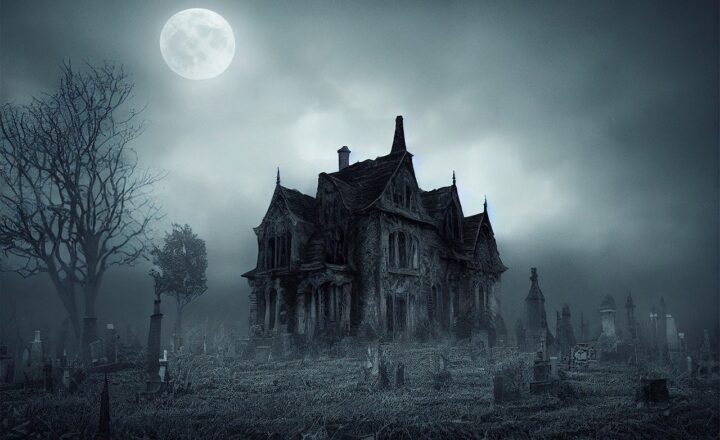
In the ever-evolving landscape of modern cinema, one genre has increasingly captivated audiences and critics alike: the biographical film, commonly known as the biopic. These films, which dramatize the lives of real individuals, from historical figures to contemporary personalities, have experienced a remarkable resurgence in popularity over the past decade. This article delves into the reasons behind the biopic boom, explores some of the most impactful trends shaping the genre, and examines the enduring appeal these films have for viewers.
1. The Rise of the Biopic: A Historical Context
The biopic genre has roots that stretch back to the dawn of cinema itself. Early examples, such as D.W. Griffith’s “The Birth of a Nation” (1915), featured historical figures. However, the modern biopic gained significant traction in the late 20th century, with films like “Gandhi” (1982) and “Amadeus” (1984) garnering critical acclaim and prestigious awards.
The last decade, however, has witnessed a cinematic renaissance for biopics, marked by an unprecedented increase in the number and diversity of films. This resurgence can be attributed to multiple factors:
- Cultural Fascination: A growing hunger for stories based on true events and real people has been spurred by a societal fascination with celebrity culture, social justice movements, and historical narratives that resonate with contemporary audiences.
- Streaming Platforms: The rise of streaming services, such as Netflix and Amazon Prime, has provided both the funding and platform for biopics that may not have found a home in conventional theaters, allowing for an increased diversity of stories and subjects.
- Awards Recognition: Biopics have become almost synonymous with critical success, frequently dominating awards seasons. As studios seek to create projects that garner accolades, biopics emerge as an attractively reliable genre for recognition and prestige.
In this context, films like “Bohemian Rhapsody” (2018) and “The Irishman” (2019) not only perform well at the box office but also earn nominations and awards across prestigious ceremonies, solidifying the biopic’s standing in modern cinema.
2. Diverse Perspectives: Expanding the Biopic Lens
Traditionally, biopics have focused on iconic figures, predominantly white males in the realms of politics, music, or science. However, modern biopics are broadening their scope to include diverse voices, perspectives, and stories that challenge traditional narratives. This shift reflects a more inclusive representation of society as a whole.
Recent films such as “Hidden Figures” (2016), which tells the untold story of African American women who played key roles in NASA during the Space Race, and “The One and Only Ivan” (2020), highlighting the life of a captive elephant, demonstrate the genre’s evolution towards embracing multifaceted narratives.
This trend has several key aspects:
- Intersectionality: Biopics now increasingly explore the intersections of identity, including race, gender, and sexuality, leading to richer storytelling that resonates with a broader audience.
- Documented History vs. Interpretations: Filmmakers are often leaning on extensive research and real-life testimonies, crafting narratives that balance historical accuracy with engaging storytelling, blending facts with cinematic interpretation.
- Empowerment Through Storytelling: By telling the stories of marginalized individuals and underrepresented communities, biopics serve as powerful tools of social change, inspiring audiences and raising awareness about important issues.
This newfound focus on storytelling has given rise to successful films such as “Queen & Slim” (2019) and “Selma” (2014), demonstrating that biopics can transcend traditional boundaries and become vehicles for advocacy and reflection on social justice.
3. The Power of Star Power: Casting as a Catalyst
One of the defining characteristics of successful biopics is the careful selection of actors who bring real-life figures to life. Casting is critical not only for box office appeal but also for the film’s authenticity and emotional impact. Audiences often flock to biopics featuring well-known stars due to their ability to convey the complexity of real-life individuals.
High-profile actors such as Rami Malek in “Bohemian Rhapsody” and Renée Zellweger in “Judy” have received significant attention for their transformative performances, often going through extensive preparation and training to accurately portray their characters. This growing trend includes:
- Method Acting and Immersion: Actors dedicate themselves to embodying their characters fully, participating in intensive workshops, vocal training, and even physical transformations to ensure the portrayal is authentic. This dedication is frequently recognized during awards season, enhancing the film’s profile.
- Diverse Castings: A burgeoning trend is the inclusion of diverse castings, where actors from various backgrounds portray iconic figures—whether directly based on ethnicity or as reimaginings of historical narratives. Casting practices that challenge stereotypes enrich the cinematic experience and resonate with audiences.
- Chemistry and Relatability: Successful biopics often highlight the relationships and interactions of their subjects—fostering connection between the audience and the characters, making it easier for viewers to engage emotionally with the story being told.
By investing in powerful performances, filmmakers are able to create iconic portrayals that leave a lasting impact, contributing to the genre’s success.
4. The Influence of Technology and Realism
As cinematic techniques continue to advance, modern biopics utilize innovative technology and storytelling methods to augment the visual experience and storytelling depth. Filmmakers harness cutting-edge technology to bridge the gap between reality and cinematic flair, providing audiences with immersive experiences.
Changes in filmmaking techniques often include:
- Cinematic Realism: The use of high-definition cameras and visual effects allows filmmakers to recreate historical moments authentically, enhancing the emotional impact of the narratives. Films like “Dunkirk” (2017) exemplify how immersive cinematography can enhance the storytelling experience while grounded in real events.
- Editing Techniques: Non-linear storytelling and juxtaposing timelines offer a deeper exploration of the character’s life. The intricate editing can reflect a person’s internal struggles, motives, and influences, drawing viewers to a more profound understanding beyond a simple recounting of events.
- Interactivity: With the emergence of virtual reality (VR) and augmented reality (AR), biopics may soon allow audiences to experience historical contexts in unique ways, enhancing engagement and understanding of the subject matter while putting viewers in the shoes of real-life individuals.
These advancements allow biopics to take storytelling to new heights, offering viewers a richer and more engaging experience.
5. Conclusion: The Future of Biopics in Cinema
In conclusion, the growing popularity of biopics in modern cinema is no mere trend; it represents a deeper societal shift toward understanding and valuing the narratives of real individuals. Through a mix of cultural fascination, inclusive storytelling, captivating performances, and technological advancements, biopics resonate with contemporary audiences in powerful ways.
As filmmakers continue to explore the depths of the human experience, telling authentic and diverse stories through biopics will undoubtedly remain a vital part of the cinematic landscape. Audiences can look forward to a future where biopics not only entertain but also enlighten and inspire, reflecting the complexities of real lives lived and the societal issues still relevant today.
Embracing this remarkable genre’s evolution ensures that the voices of both celebrated and overlooked individuals will continue to be amplified in the years to come.






